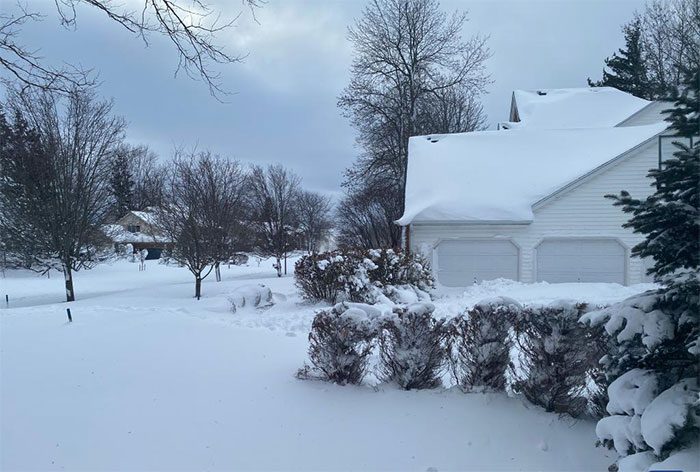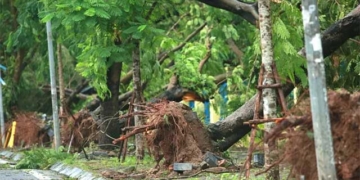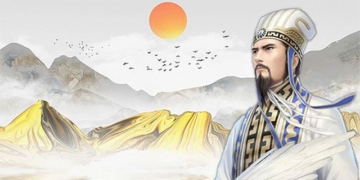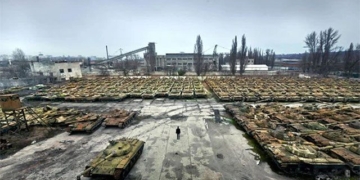The temperature of the Earth is increasingly rising, even during winter. However, in recent years, the United States has experienced several severe snowstorms.
The phenomenon of global warming and prolonged heatwaves are directly related, but it is challenging to study the atmospheric dynamics that lead to the formation of snowstorms. Experts are seeking to explain the connection between extreme winter weather and climate change.

Snow covers New York State, USA on December 25, 2022. (Photo: THX/TTXVN)
Climatologist Michael Mann from the University of Pennsylvania notes that climate change and snowstorms are closely related. For instance, warming bodies of water, such as lakes or oceans, will affect snowfall amounts.
In the United States, a phenomenon known as “lake-effect snow” has occurred in the Great Lakes region bordering Canada. The city of Buffalo, located on the shore of one of the lakes in this region, was heavily impacted by a snowstorm last weekend, just in time for Christmas. Cold air from the North meets warm moisture rising from these lakes, causing convection that results in heavy snowfall.
In a study conducted in 2018, Mann emphasized: “The warmer the water temperature of these lakes, the higher the humidity in the air and the greater the likelihood of lake-effect snow.” Therefore, scientists are not surprised that the occurrence of lake-effect snowfall has increased over an extended period as global temperatures have risen over the past century.
Meanwhile, researchers have not reached consensus on many other mechanisms, such as the impact of climate change on the polar vortex and narrow atmospheric jet streams. The polar vortex is a mass of cold air over the Arctic that extends into the stratosphere. Humans live in the troposphere, while the stratosphere lies just above it. Surrounding the polar vortex is a band of circulating air that acts as a boundary between cold air to the North and warm air to the South. When the polar vortex weakens, this band of air begins to move and takes on an oval shape, pushing cold air southward.
According to a 2021 study, this type of atmospheric disturbance occurs more frequently and appears within two weeks in the troposphere—the region with the narrow jet stream. This air current blows from West to East along the boundary between warm and cold air, then meanders, causing cold air from the North to spill down into lower latitudes, particularly in the eastern United States.
The lead author of the study and climatologist Judah Cohen stated: “Everyone agrees that when the polar vortex becomes disturbed or disrupted, the risk of extreme winter weather events increases.” He emphasized that the phenomenon of a “stretched” polar vortex is exactly what was observed just before the snowstorm hit the US this December. A similar phenomenon occurred in February 2021 when a wave of cold air swept into Texas, causing widespread power outages.
However, scientists are debating to determine the underlying causes of these disturbances. Cohen believes these disturbances are connected to increased changes in the Arctic due to climate change. Other causes include rapid melting ice and increased snow cover in Siberia. He asserts that he is confident in this close relationship because it is a topic he has researched for 15 years.
Meanwhile, climatologist Mann indicates that this remains a controversial issue in the scientific community. He believes that current climate models have not yet captured all the fundamental physical conditions that may relate to how climate change affects the formation of the narrow jet stream. In the future, scientists need to continue their research to clarify the mysteries of these complex chain reactions.


















































